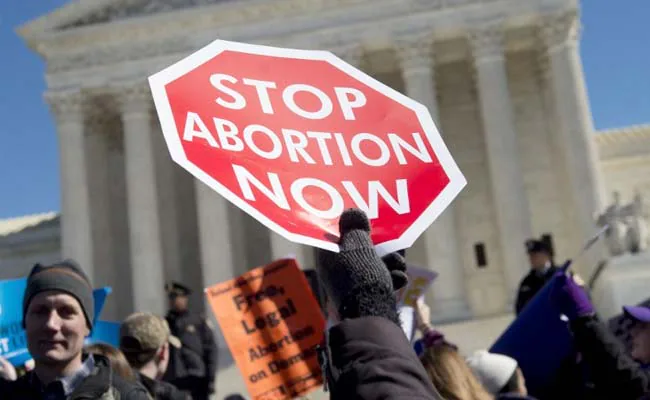The United States Supreme Court on Friday reversed a 50-year-old ruling legalising abortion in the country.

The court struck down the landmark Roe v Wade decision, weeks after an unprecedented leaked document suggested it favoured doing so.
The judgement will transform abortion rights in America, with individual states now able to ban the procedure.
Half of US states are expected to introduce new restrictions or bans.
Thirteen have already passed so-called trigger laws that will automatically outlaw abortion following the Supreme Court’s ruling. A number of others are likely to pass new restrictions quickly.
In total, abortion access is expected to be cut off for about 36 million women of reproductive age, according to research from Planned Parenthood, a healthcare organisation that provides abortions.
The Supreme Court had been considering a case, Dobbs v Jackson Women’s Health Organization, that challenged Mississippi’s ban on abortion after 15 weeks.
But the conservative-majority court ruled in favour of the state by a vote of six to three along ideological lines – effectively ending the constitutional right to an abortion.
“We, therefore, hold that the Constitution does not confer a right to abortion… and the authority to regulate abortion must be returned to the people and their elected representatives,” part of the judgement read.
The ruling amounts to a wholesale reversal of the Supreme Court’s own legal precedent – an extremely rare move – and is likely to set up political battles that divide the nation.
In states where opinions on abortion are closely split – such as Pennsylvania, Michigan and Wisconsin – the legality of the procedure could be determined on an election-by-election basis. In others, the ruling may set off a new round of legal battles, including over whether individuals can go out of state for abortions or order abortion drugs through mail services.


Comments are closed.